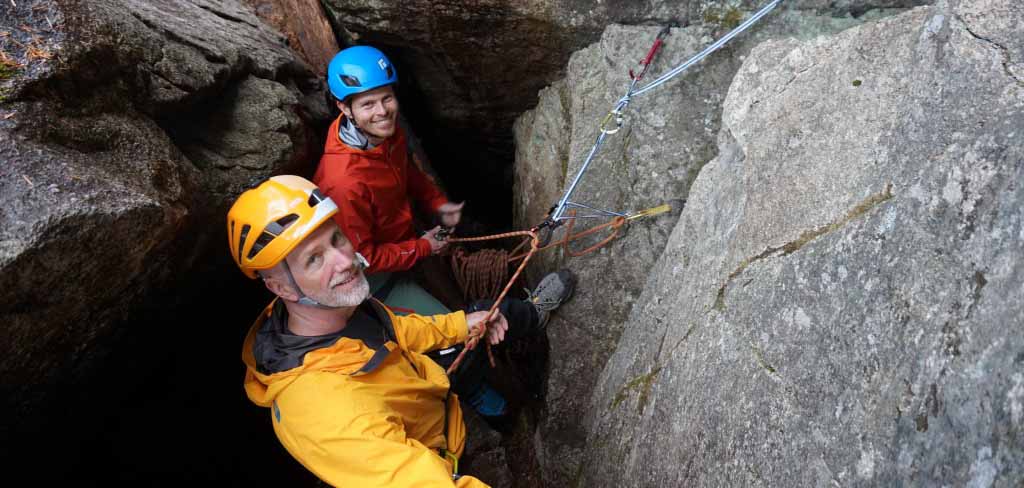Free shipping! Get free ground shipping on orders over $99 to the lower 48 states. Enter code FREE99
at checkout.


Photo:
What is the best way to get good at building anchors and placing gear?
This is the most asked question that I get when I am teaching climbers at climbing festivals.
Here is what I tell my clients.
1. Know your rack. This means that you should (with practice) be able to eye a crack or placement up and be able to grab the proper piece of gear to place on the first try. This also means that you should have a system for placing your gear on your harness or shoulder sling (or combination) that you can visualize while blindfolded. If you struggle with the sizes and grab the incorrect pieces it can and will slow you down, pump you up and make the entire climb feel much more difficult than it actually is.
2. Place a lot of pieces when you are beginning to learn how to gear climb (practice). I ended up at bouldering areas not bouldering, but placing my new gear with my harness on and testing every placement by hanging on those precarious placements just a foot off the ground. I may have looked like a goofball with my harness on at a bouldering area, but I was learning my rack and getting confident with my placements while a safe distance off the ground. By the time that I went to climb multi-pitch routes, I was very handy with my rack and did not loose valuable time trying to learn on the fly.
3. Learn from a mentor (if you have the opportunity). I learned with my brother (who was as green as I when we started climbing). This was not a bad experience, but one where we ended up finishing the climb in the dark rather than in the daylight. We didn’t know how to stack ropes, build anchors efficiently or safely and we struggled with each and every placement including just holding on to the gear as we chose what we were supposed to be placing. Later, I joined forces with a real mentor who taught me all those things that I struggled with early on and eventually more techniques that assisted in my gear knowledge and climbing.
4. Know and understand the gear and how it works. This is the most valuable lesson because when we get stressed we tend to get tunnel vision and think that there is only one solution to a problem with a placement or anchor situation. By knowing the limits of the gear, you can quickly determine a safe solution that will get your team moving up the wall again. This also means that you should understand the size ranges of different pieces especially cams. I suggest combining multiple brands of cams when you are thinking about buying finger sized pieces and smaller. One brand is not really superior when it comes to the ranges protected, it will take two or three brands to cover those tiny range placements they way that you want them to be covered.
5. Lastly, be open to how other people do things. You can learn a lot from others anchor and placement ideas. As long as they are safe, you should be adding that placement or anchor idea to memory and choose the proper times to use that information. I have learned more ideas from teaching all these clinics and from climbing with different partners over the years than I ever learned in a book. The most fun thing about gear climbing is making a rack work for all the pitches and anchors on a climb. If I can do that and not run out, it was an awesome day!
Thanks for reading and happy climbing.
SCARPA Athlete Rob Pizem
Featured Product

